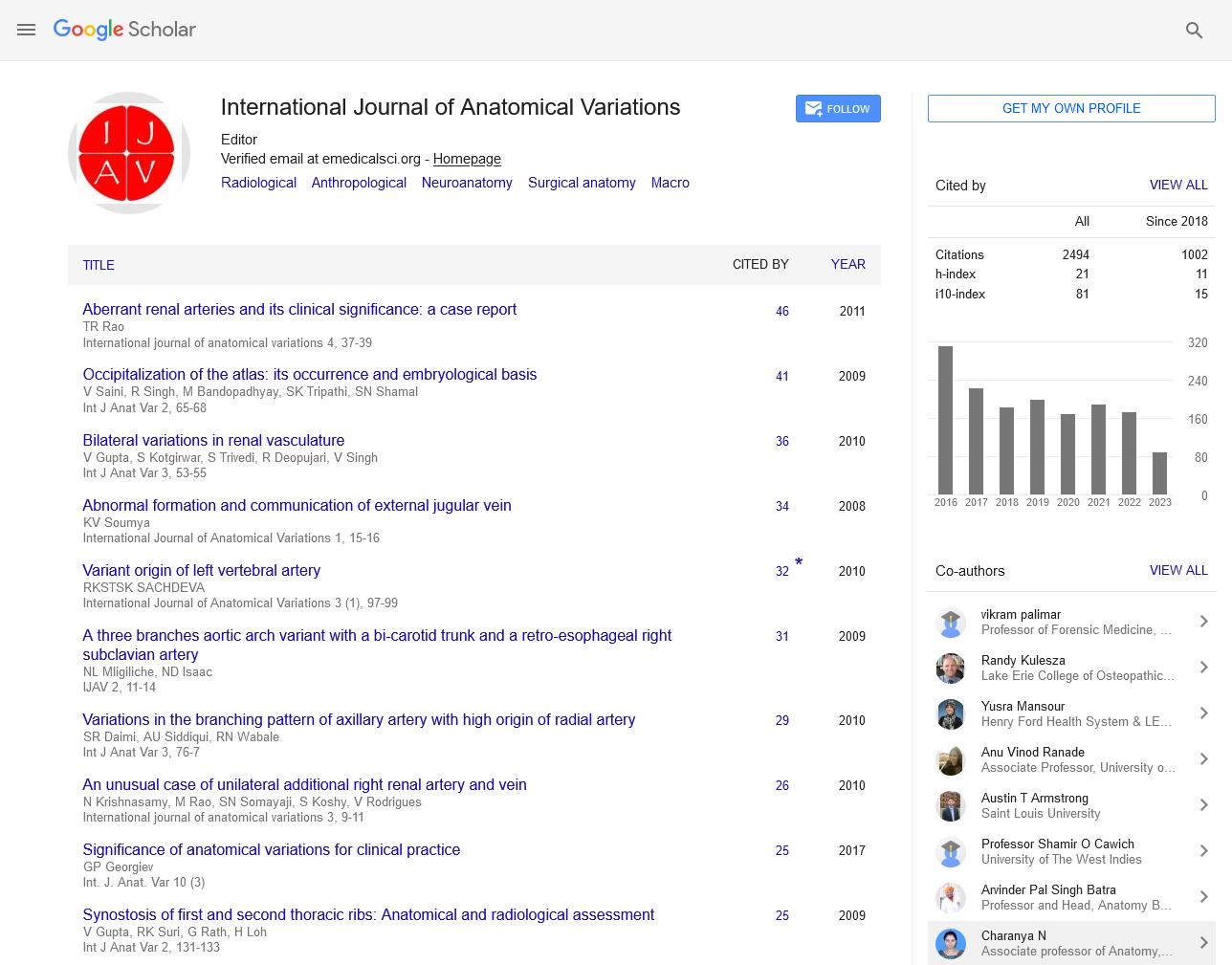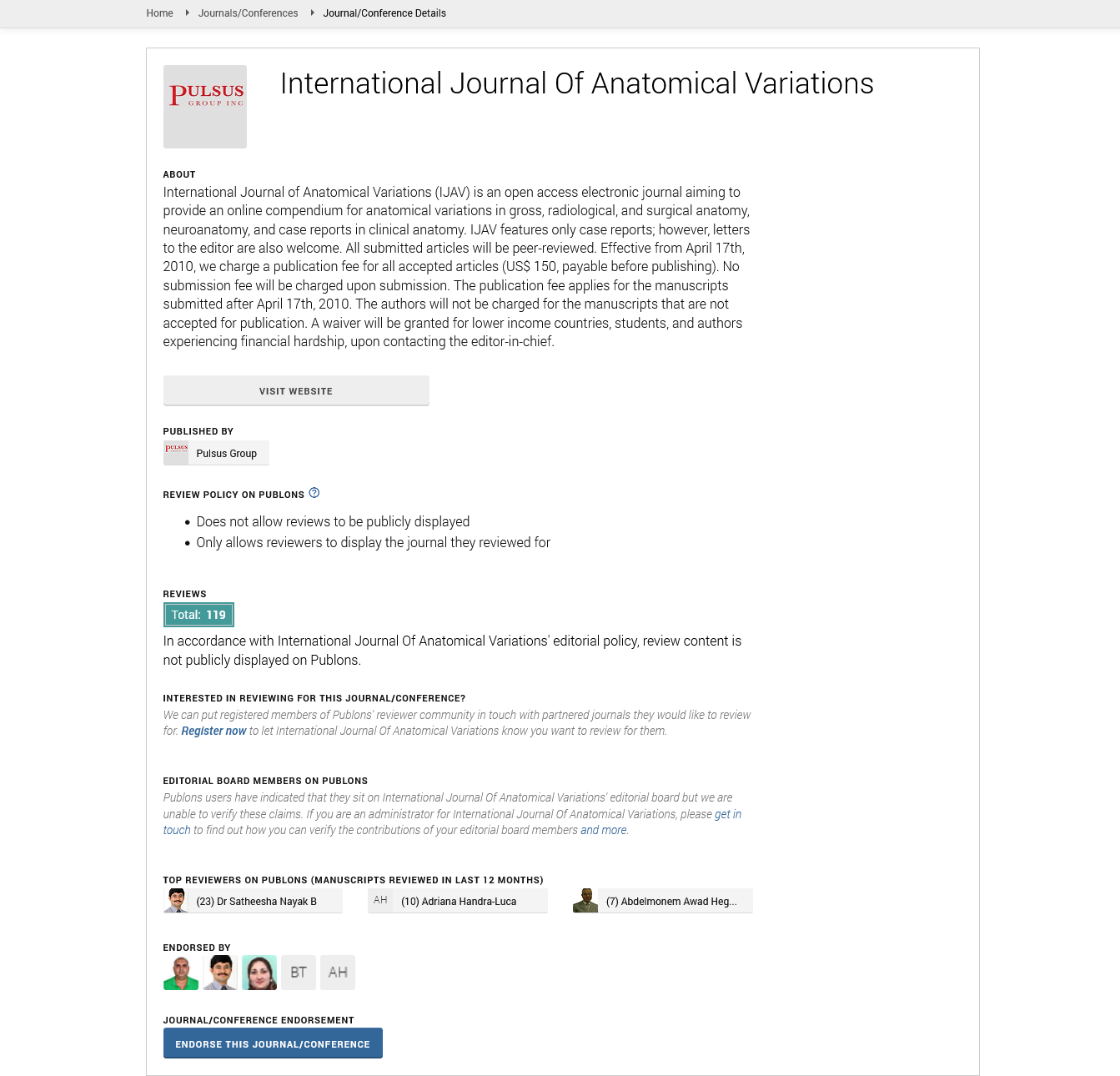Variant origin of right testicular artery – a rare case
Received: 24-Jul-2009 Accepted Date: Jan 27, 2010; Published: 23-Feb-2010
Citation: © IJAV.2010; 3:22–24.
This open-access article is distributed under the terms of the Creative Commons Attribution Non-Commercial License (CC BY-NC) (http://creativecommons.org/licenses/by-nc/4.0/), which permits reuse, distribution and reproduction of the article, provided that the original work is properly cited and the reuse is restricted to noncommercial purposes. For commercial reuse, contact reprints@pulsus.com
Abstract
Testicular arterial anatomy is important for testicular and renal surgeries. It may vary at the origin and arise from renal artery, suprarenal artery or lumbar artery. During routine dissection of 52-year-old male cadaver; the right testicular artery arising from right aberrant renal artery was found. Anatomical variation of testicular arteries is reported to be 4.7%. Presence of aberrant renal artery is seen in 13–16% of cases only. The origin of right testicular artery from right aberrant renal artery is very rare. Thus knowledge of this type of variation is very important in avoiding complications during operative surgeries.






